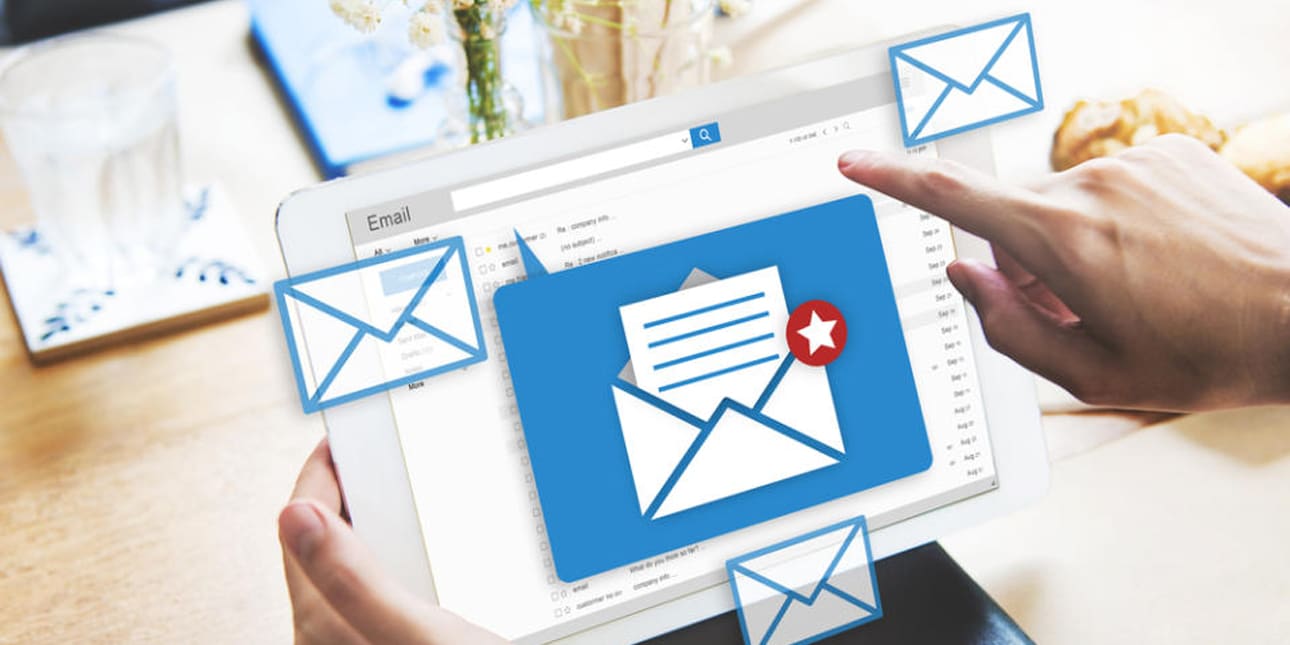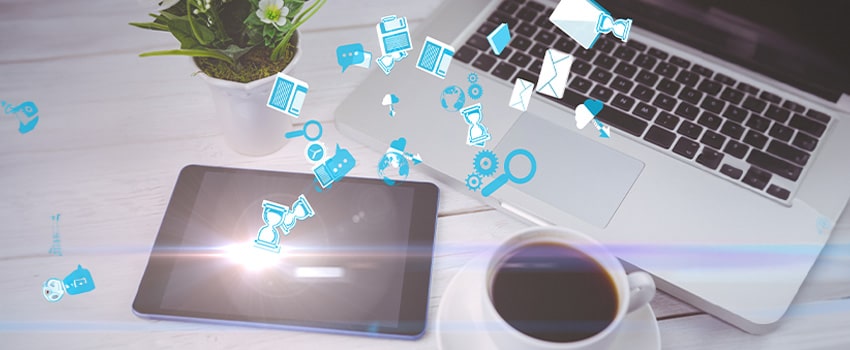
One of the best ways to engage audiences, nurture leads, and increase conversions is still through email marketing. Standing out in a cluttered inbox has grown more difficult, though, as the typical consumer is inundated with promotional emails every day. This is the point at which customization becomes crucial. In email marketing, personalization turns basic messaging into customized exchanges that speak to specific recipients, greatly increasing open rates, click-through rates, and engagement levels. Let’s examine the importance of personalization and how to use it successfully to increase open rates.

The Psychology Behind Personalization in Email Marketing
People are attracted to communication that recognizes their uniqueness and feels relevant to them. Generic emails with material that doesn’t align with the recipient’s interests or those addressed to “Dear Customer” are frequently ignored or deleted. Conversely, emails that use the recipient’s name, make reference to previous exchanges, or provide answers catered to their individual needs instill a feeling of importance and worth. This psychological appeal raises the possibility of involvement and cultivates trust.
Personalized emails establish a connection between the brand and the recipient, making them feel understood and appreciated. This emotional connection is a critical driver of higher open rates, as recipients are more inclined to engage with emails that feel tailored to them rather than mass-produced.
The Role of Data in Personalization
Data is the cornerstone of effective personalization. Businesses must first gather and examine pertinent client data before creating personalized emails. Demographics, past purchases, surfing habits, email interaction trends, and preferences are a few examples of this data. Businesses can provide dynamic content that adapts to the profiles of individual recipients by incorporating this data into email marketing platforms.
For example, service-based firms can utilize appointment history to send reminders or special offers, while e-commerce companies can use data on previous purchases to give recommendations for comparable products. Delivering the correct message to the right person at the right time is made easier by data segmentation and automation, which are made possible by technologies like Customer Relationship Management (CRM) systems and sophisticated email marketing software.
Crafting Personalized Subject Lines to Boost Open Rates
The subject line is the first point of contact in email communication and plays a crucial role in determining whether the recipient will open the email. Personalization in subject lines can be as simple as including the recipient’s name or referencing a recent action they’ve taken, such as a purchase or download.
For example, a subject line like “John, Here’s a 20% Discount Just for You!” is far more likely to capture attention than a generic “Special Discount Inside!” By incorporating specific details relevant to the recipient, businesses can increase curiosity and demonstrate that the email is tailored to their needs.
Beyond names, subject lines can also incorporate location-based personalization, product preferences, or time-sensitive offers. For instance, “Samantha, Your Favorite Shoes Are Back in Stock!” creates urgency while directly appealing to the recipient’s interests.
Dynamic Content and Segmentation: The Backbone of Personalization
Dynamic content is a powerful tool that allows businesses to customize various sections of an email based on recipient data. For example, an email promoting a seasonal sale could display winter jackets to recipients in colder regions while showcasing summer dresses to those in warmer climates, all within the same email campaign.
Conversely, segmentation entails breaking up an email list into more manageable groupings according to shared traits. Segments may be created according to demographics like gender, age, location, buying patterns, or degree of interaction. Businesses may guarantee that receivers receive material that is in line with their unique requirements and preferences by using customized messaging to target these segments.
For instance, a fitness brand could create separate email campaigns for gym enthusiasts, runners, and yoga practitioners, each highlighting products or services relevant to their interests. Such targeted approaches ensure higher engagement and open rates, as the content resonates more effectively with the audience.
Behavioral Triggers and Automation
Using behavioral triggers is one of the best ways to customize email marketing. These are automated emails that are sent when the recipient takes certain activities. New subscriber welcome letters, cart abandonment alerts, follow-up emails after a purchase, and milestone celebrations like birthdays and anniversaries are a few examples.
Behavioral trigger emails are inherently personalized because they are based on individual actions or milestones. For instance, a cart abandonment email might include the exact items the recipient left behind, accompanied by a discount code to encourage purchase completion. Similarly, a birthday email offering a special gift or discount demonstrates thoughtfulness and can foster customer loyalty.
Automation tools make it possible to set up these triggers and send emails at optimal times without manual intervention. By combining automation with personalization, businesses can create seamless and highly relevant customer experiences.
Measuring the Impact of Personalization on Open Rates
Tracking important metrics, especially open rates, is crucial for assessing the effectiveness of customized email marketing. The success of personalization efforts can be determined by comparing the open rates of tailored and non-personalized emails. Finding the most audience-resonant tailored features can also be accomplished through A/B testing of subject lines, content variations, and timing.
Businesses should also monitor other metrics, such as click-through rates, conversion rates, and unsubscribe rates, to gain a comprehensive understanding of how personalization impacts overall campaign performance. Regularly analyzing these metrics allows for continuous improvement and optimization of email marketing strategies.
The Future of Personalization in Email Marketing
The potential for personalization in email marketing is growing as technology advances. More accurate and dynamic customisation is becoming possible thanks to machine learning and artificial intelligence (AI). Businesses can provide highly relevant information before customers even realize they need it thanks to predictive analytics, which can foretell client demands based on prior behavior.
Interactive elements, such as personalized quizzes, countdown timers, or live product recommendations, are also becoming increasingly popular. These innovations not only enhance personalization but also create engaging and memorable experiences for recipients.
Email marketing personalization is now essential for companies trying to make an impression in the cutthroat digital market of today. Businesses may develop campaigns that connect with their audience more deeply by utilizing consumer data, creating customized subject lines, employing dynamic content, and automating behavioral trigger emails. Stronger customer relationships, increased engagement, and higher open rates are the outcomes. Businesses who adopt these tactics will be in a better position to succeed in the long run as personalization technology develops.




